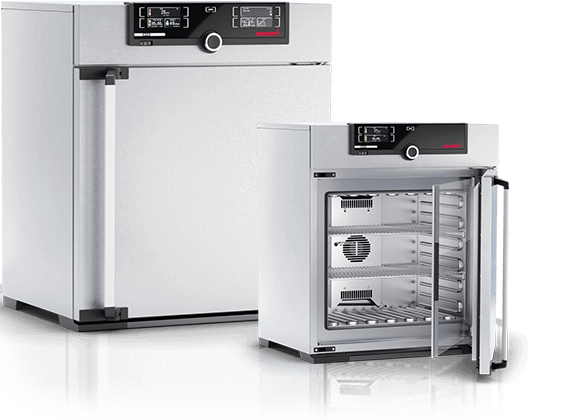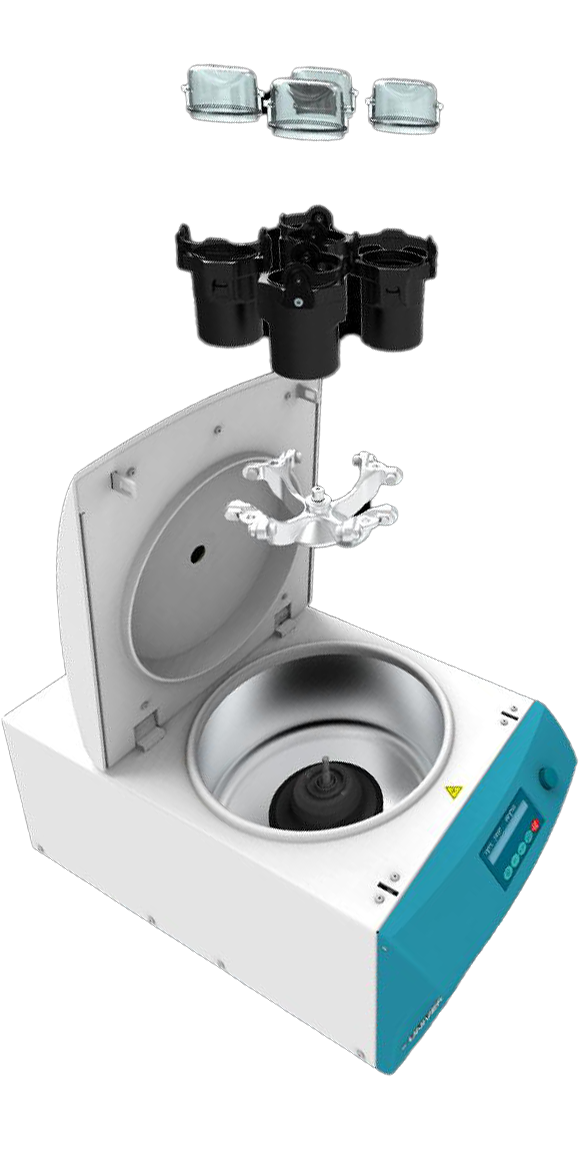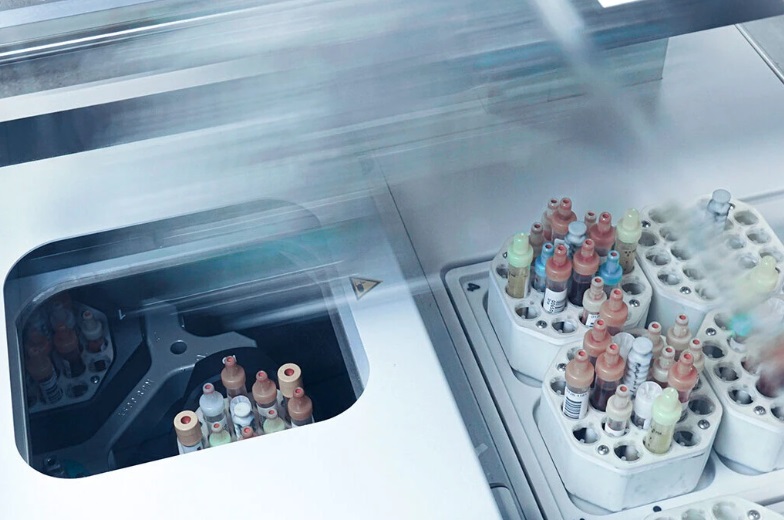Minimising healthcare associated infections (HCAIs) is of paramount importance in any hospital. For this, hospital managers will try to promote good hand hygiene, disinfect any objects that come into contact with the patient and select antimicrobial drugs for their treatment.
They will also treat work surfaces to ensure they are clean and sterile. However, micro-organisms can still breed if surfaces are not treated properly or missed altogether. This has lead to research in developing antimicrobial surfaces.
Copper is ideally suited for use in areas where HCAIs thrive. Research carried out by the University of Southampton found that a droplet contamination of MRSA was quickly extinguished on copper, whilst other metals such as stainless steel, brass and aluminium allowed the cells to multiply.
How does copper kill bacteria?
Copper is inherently antimicrobial and is very effective at fighting bacteria and viruses. It can even kill viral pathogens such as infuenza A as well as bacteria like Escherichia coli. But how does it do this?
Science suggests that copper uses a multi-pronged attack method when it comes to tackling microbes. First it attacks the cells outer membrane, causing it to rupture. Essentially, the copper is punching a hole through the cell walls. Then the cell to lose its vital nutrients. Furthermore, copper ions then enter inside the cell and obstructs its metabolism (the biochemical reaction needed to sustain life). The cells can no longer ‘breathe’, ‘eat’, ‘digest’ or ‘create energy’ and so they simply die.
How long have we known this?
The science behind the antimicrobial properties of copper is relatively recent. However, humans have known about the sterile properties of this material for centuries. It was used by the Romans to disinfect water and preserve food and has also been used by the ancient Greeks, Egyptians and Phoenicians.
So why isn’t copper used more in hospitals?
Unfortunately, most procurement managers and some medical professionals are unaware of the natural antimicrobial properties of copper. Some still think that silver is still the best material. This might be true, but many do not know that whilst silver loses its antimicrobial properties when dry, copper does not.
Another reason is cost. Many hospitals opt for plastic or stainless steel simply because it is much less expensive. It’s not because of the manufacturing process, but the material cost. Copper is more than three times the cost of aluminium and plastic is even cheaper.
Take the humble computer keyboard as an example. The cost to buy one made of copper is anything around £150 to £200, whilst its plastic equivalent can be purchased for as little as £20. Often, hospitals choose to go for a ‘middle of the road’ option using a washable silicon cover (like that made by VP Stericlin) or a gap free hygienic keyboard which can simply be wiped clean.
Hospitals will weigh up these costs and may just decide to use cheaper options such as alcohol hand gel dispensers and disinfectant wipes. The problem with this is that it relies on healthcare professionals actually using them and they are only really effective for a short period of time. Furthermore, alcohol hand gels do not kill all microbes. For example, the winter vomiting bug known as norovirus is immune to alcohol hand gels.
What are the options available to hospitals?
In essence, there are two options for available to healthcare professionals: one is to have copper fixtures and fittings permanently manufactured into the very fabric of the hospital. For example, all door handles and PC keyboards can be made of copper. The other option is to periodically apply a liquid agent containing copper to surfaces. Copper coatings may be a lower cost than solid copper and at the same time offer similar antibacterial properties.
Conclusion
The antimicrobial properties of this wonder material cannot be questioned. It really is a fantastic material for use in areas where sterility is crucial and has been used for centuries. So, it really does come down to the cost. Can the hospital or medical practice afford it? Whilst the initial investment may be significant, the long-term benefit is great. After all, how much do hospitals spend on HCAIs? As so often is the case, hospitals need to evaluate the long term costs and not be so short sighted when it comes to price.









